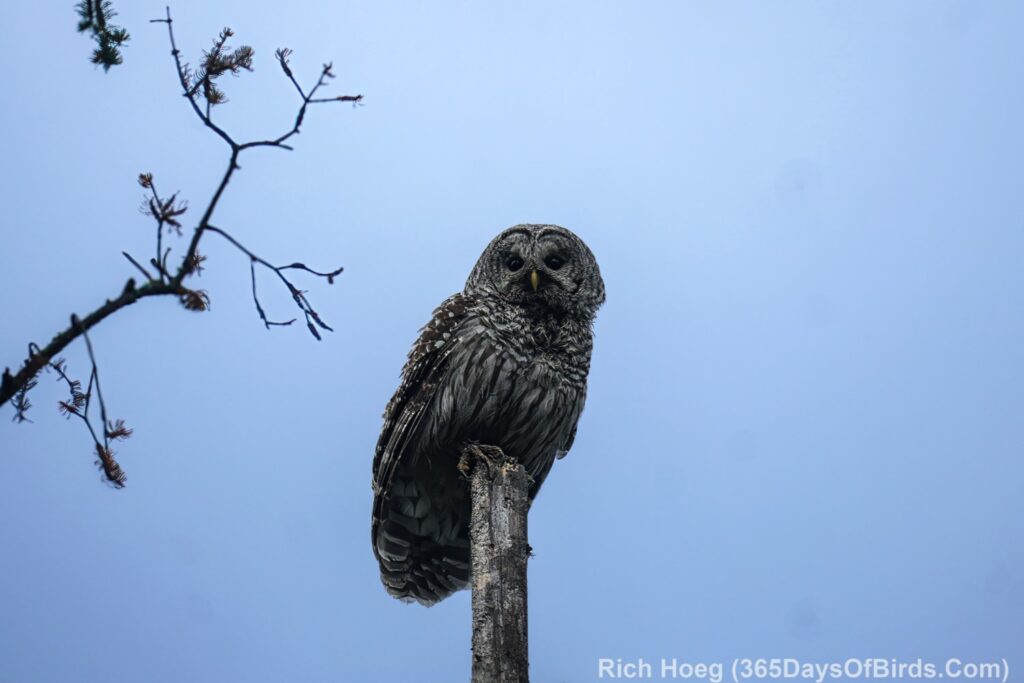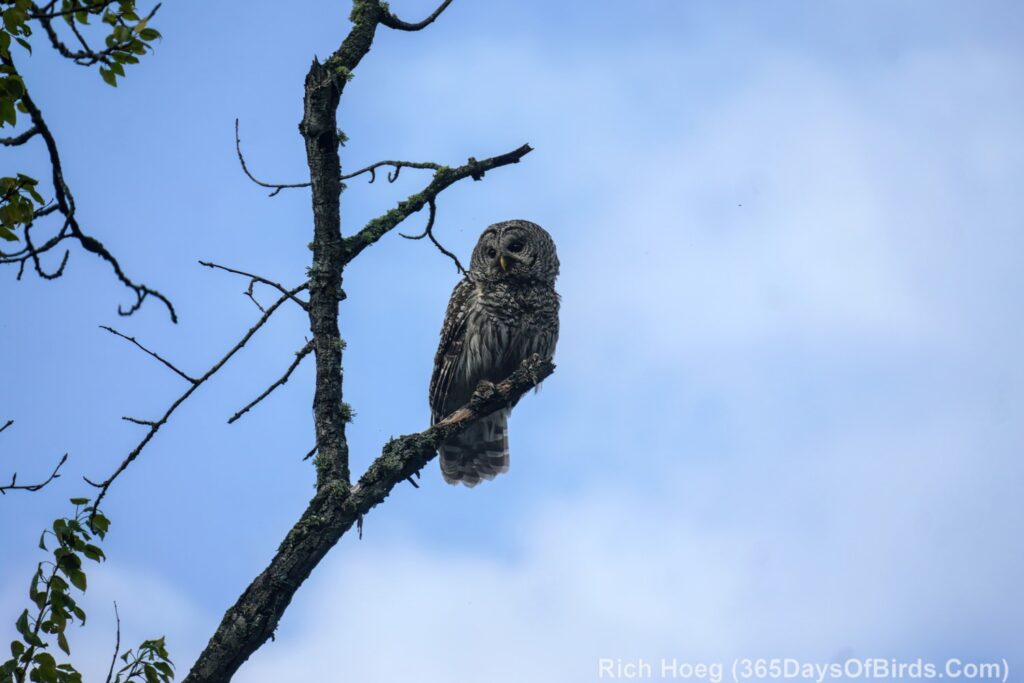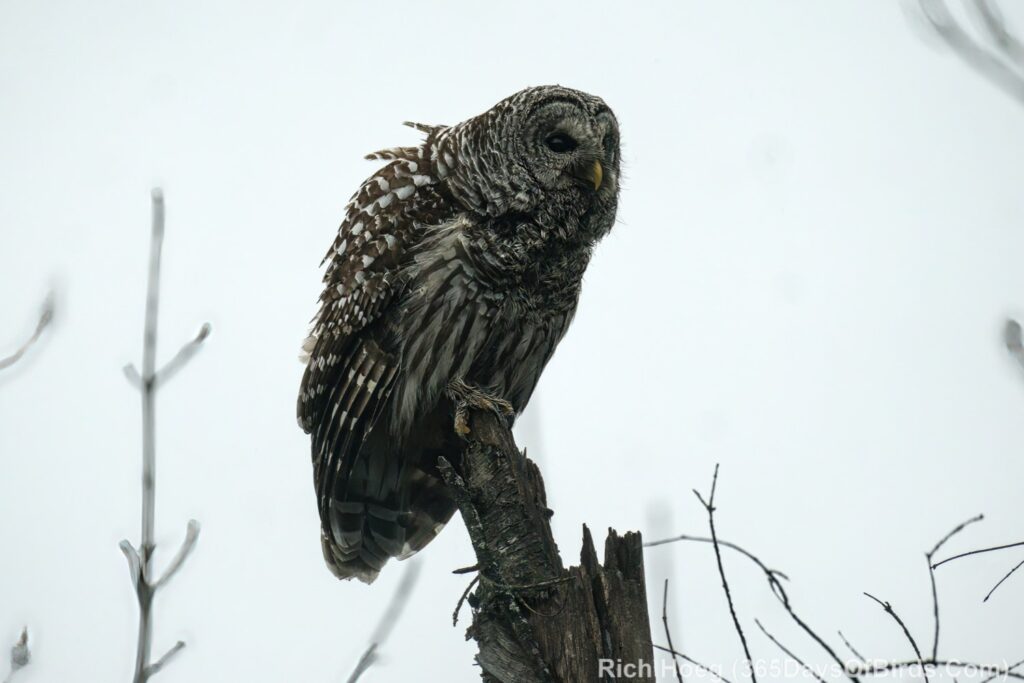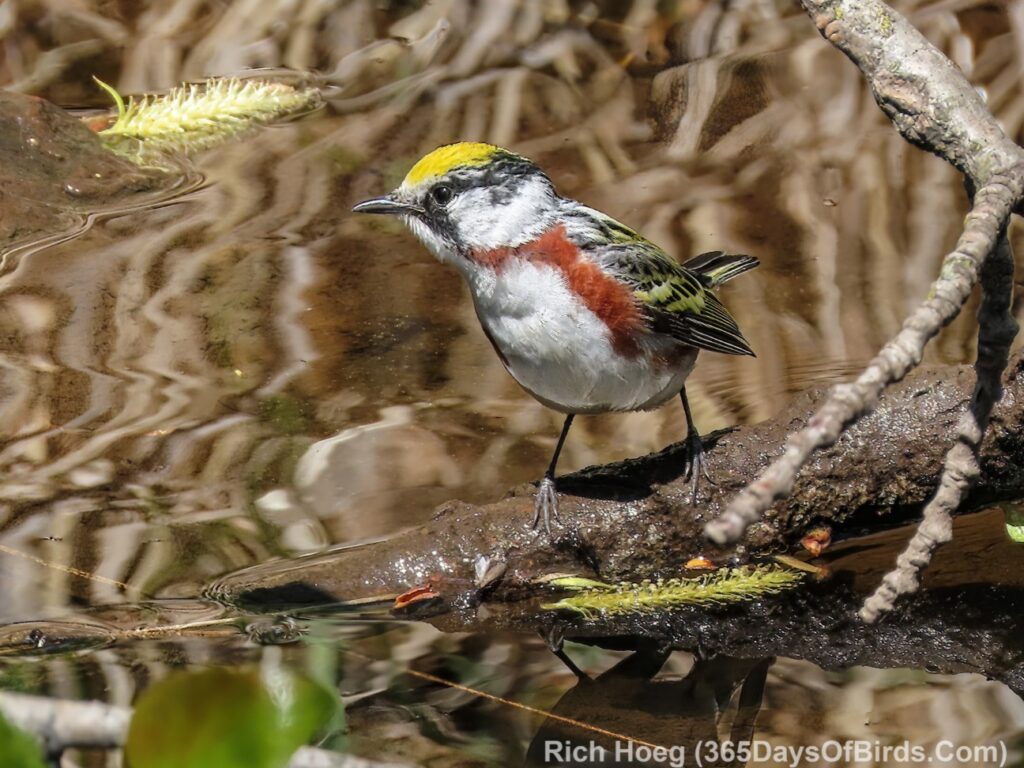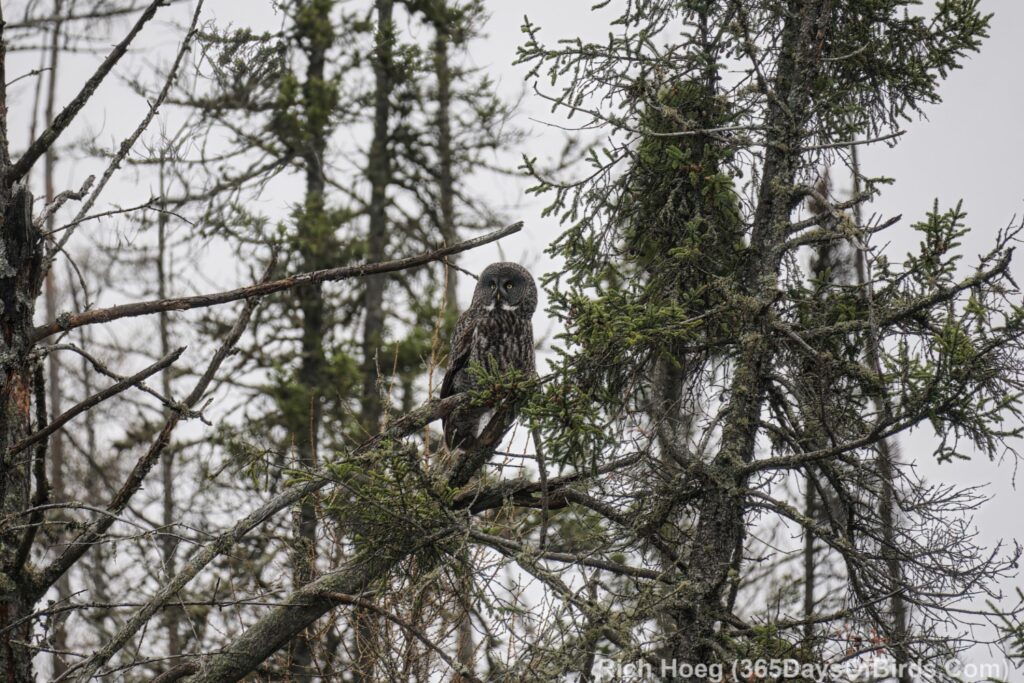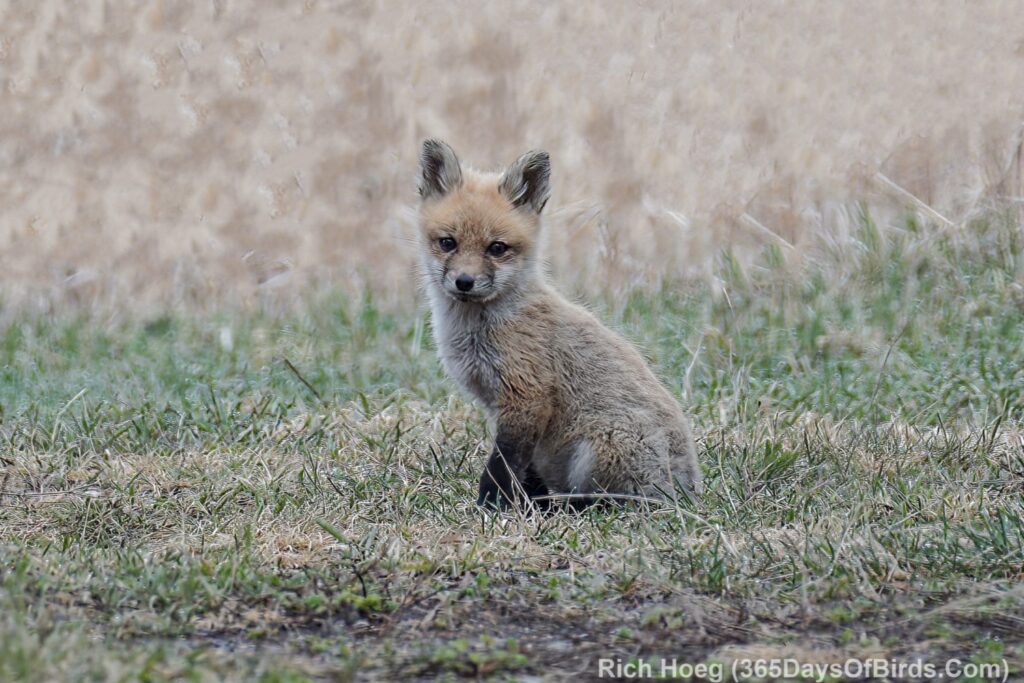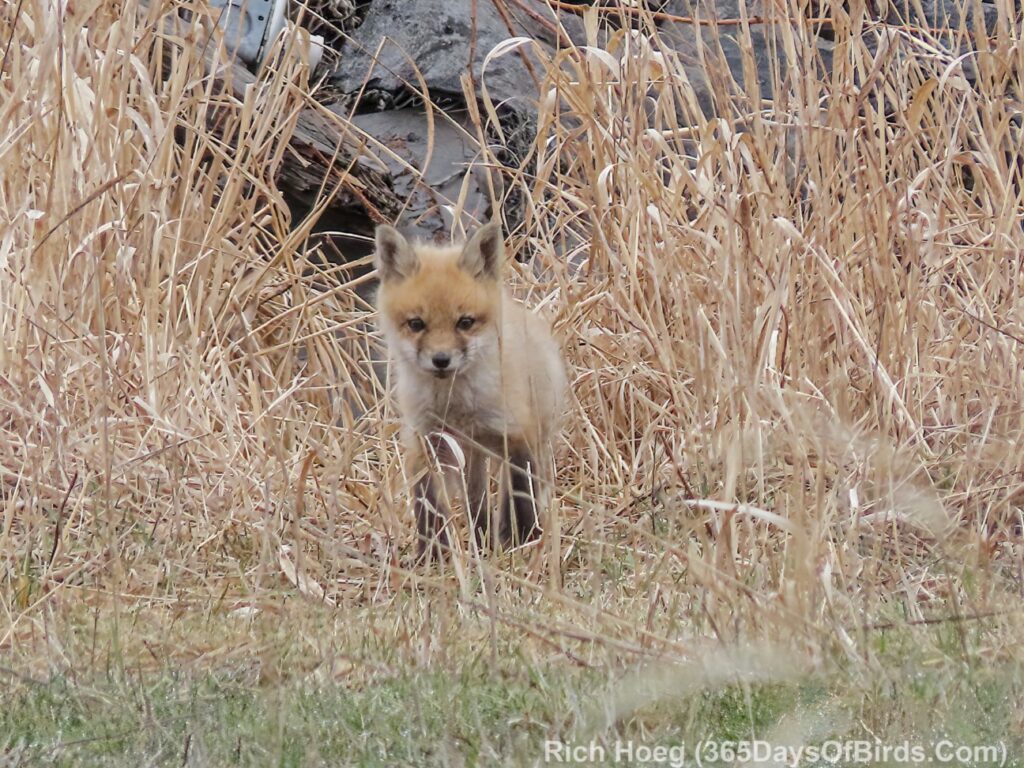I did not start out yesterday morning to find yellow while birding, but heck … yellow found me. At this time of year, I very frequently start looking for grassland birds, if Boreal Birds up in Sax-Zim Bog are not performing for me, and they were not! Make certain you see my map at the end of the post. It defines the small area in which I was birding, and what I normally see / hear in the region.
A Sandhill Crane Couple seen in a sea of (??) wild mustard.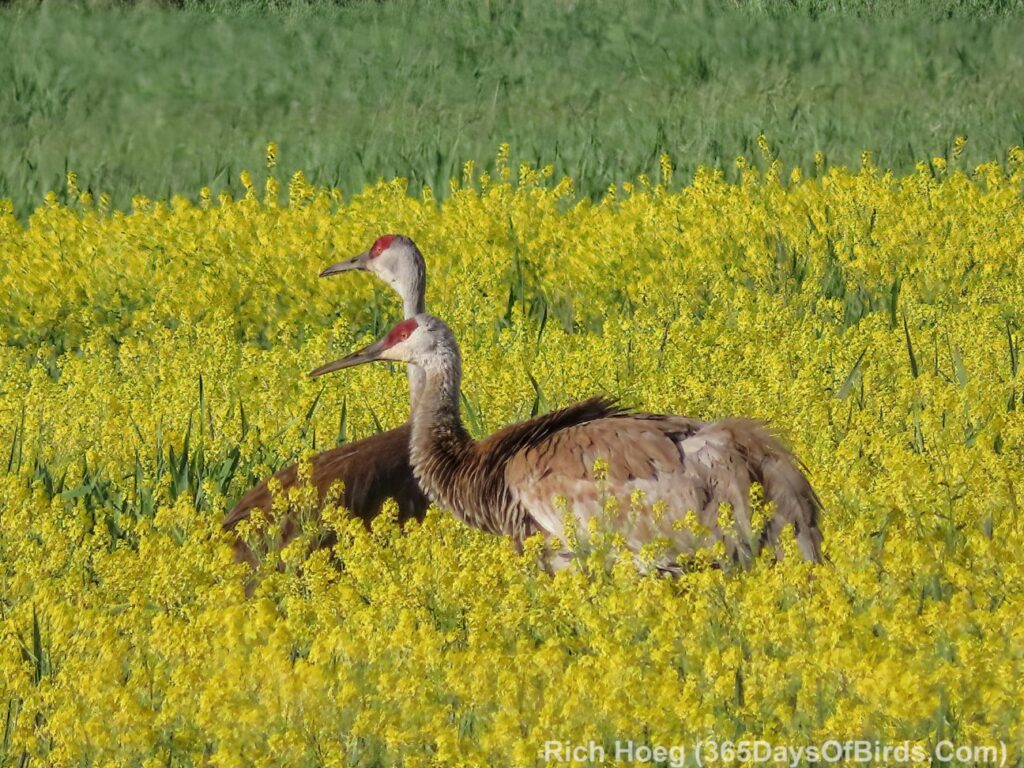
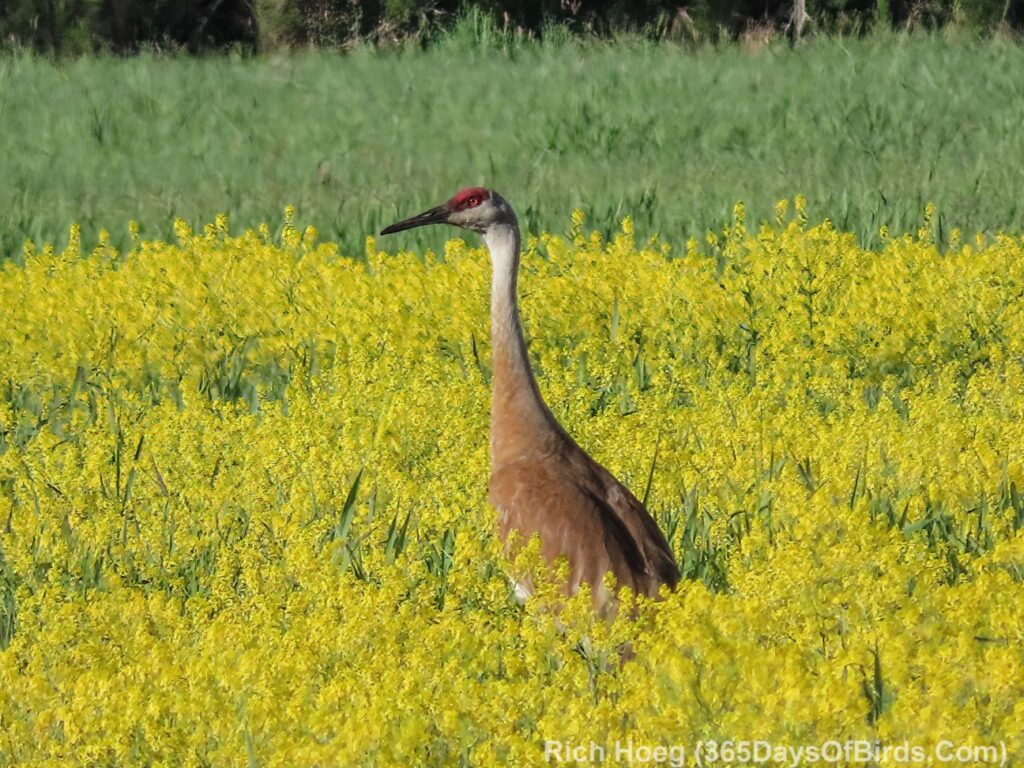
An Eastern Meadowlark Singing to find a Mate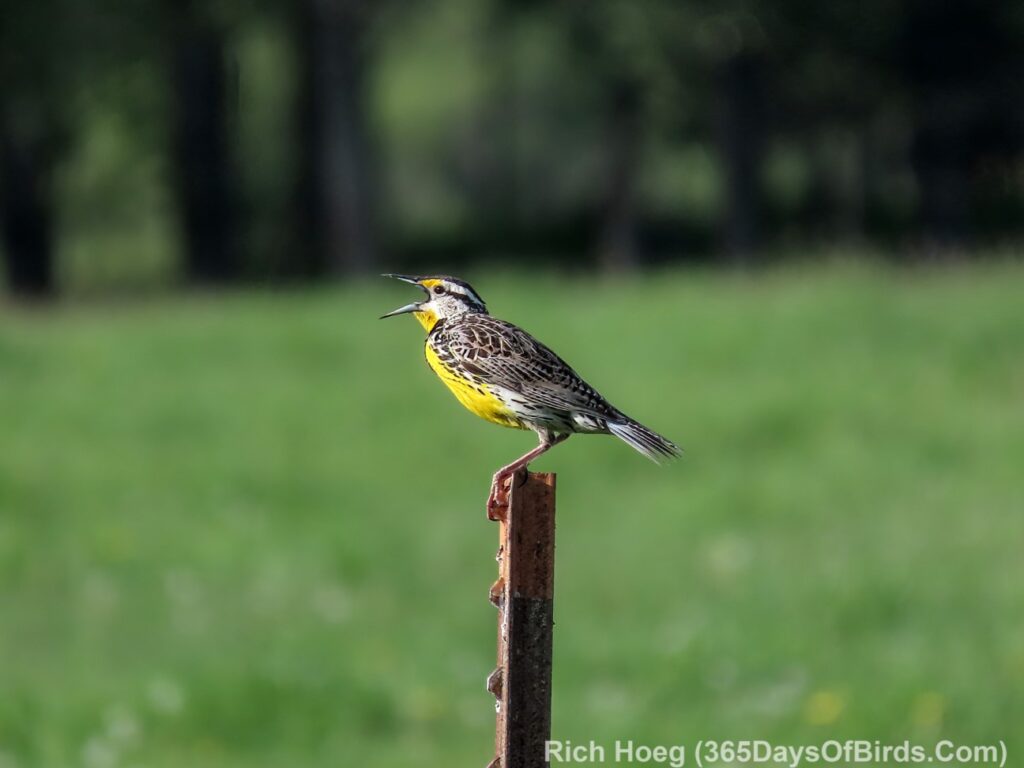
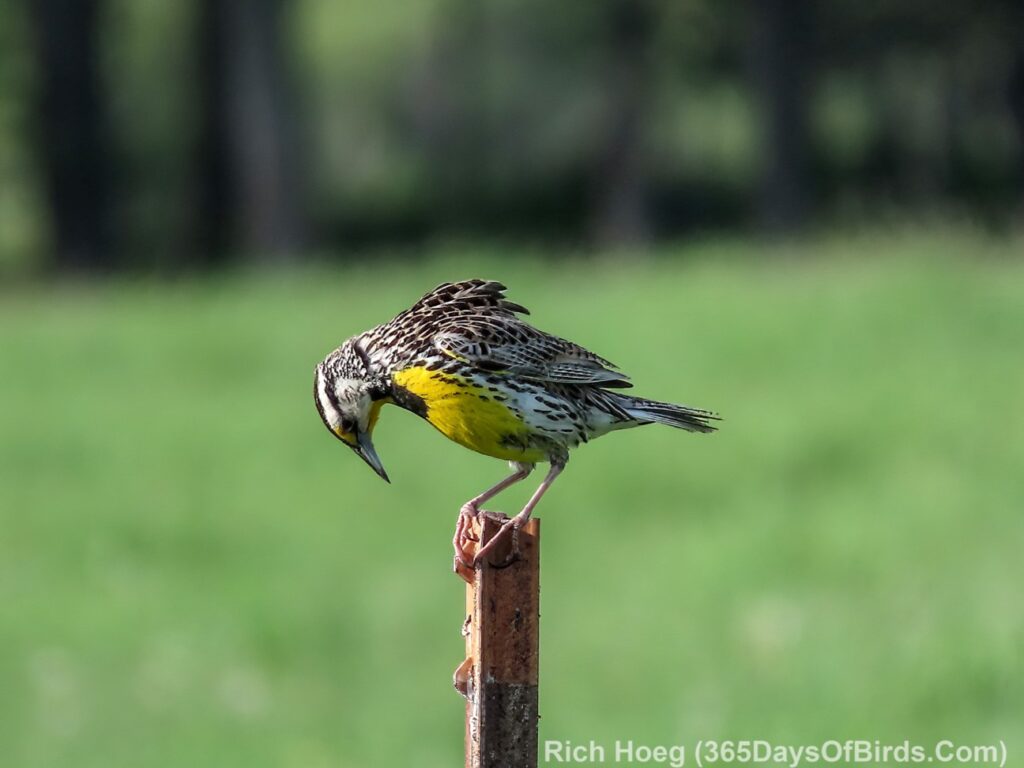
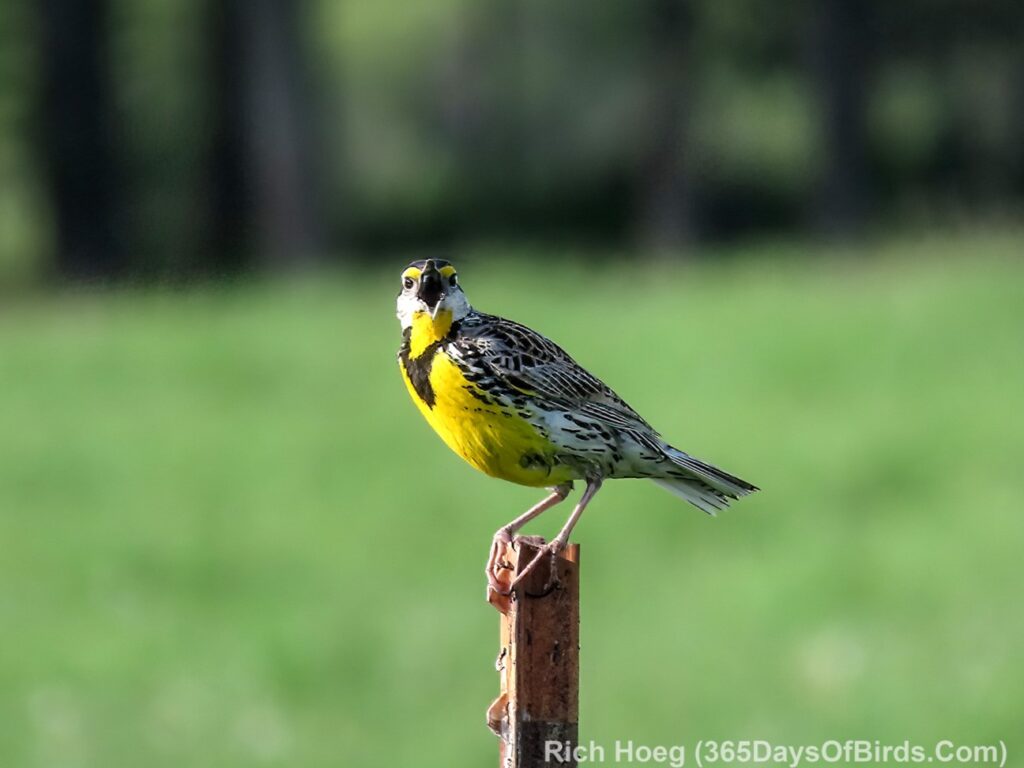
Map of my Birding Region (descriptions of 3 regions beneath map)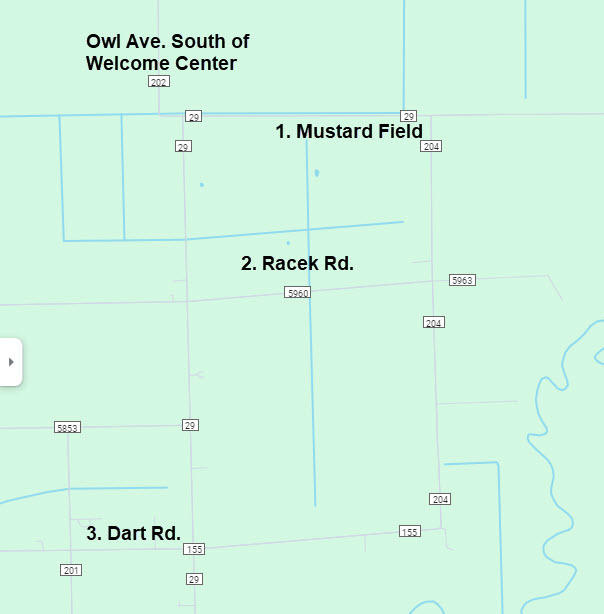
- Region 1 – Wild Mustard Field: The Sandhill Cranes like this field, and I often see various hawks perched on the edge of the field hunting.
- Region 2 – Racek Road: Bobolinks and Dickcissels are my favorite finds. You will find other grassland birds. In the morning I drive from the east with the sun behind me.
- Region 3 – Dart Road: Eastern Meadowlarks and Bobolinks. Sometimes I see Northern Harriers hunting the fields … mainly after their young have hatched.
There are obviously other Sax-Zim areas where one might see these birds , but these regions are very close together and easily birded. From Owl Avenue to the Mustard Field, look for warblers on the north side of the road. If the bugs are not to0 bad, I hike the trail next to the drainage ditch leading to the west at the southern most point (90 degree turn) of Owl Avenue (land owned by the Friends of Sax-Zim Bog)
